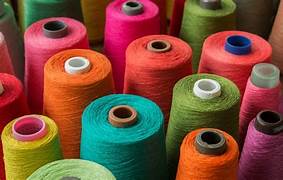Sustainable practices in textile manufacturing focus on reducing environmental impact while ensuring resource efficiency. One key approach is using organic and recycled materials such as organic cotton, hemp, and recycled polyester, which minimize pollution and reduce dependency on virgin resources. Water conservation techniques, including closed-loop water systems and low-water dyeing methods, help reduce excessive water consumption in production. Energy efficiency is another crucial aspect, with many manufacturers adopting renewable energy sources, energy-efficient machinery, and heat recovery systems to lower their carbon footprint. Additionally, eco-friendly dyeing techniques, such as using natural dyes and waterless dyeing technologies, help eliminate harmful chemicals and reduce wastewater pollution. By integrating these sustainable practices, the textile industry can significantly lessen its environmental impact while promoting ethical and responsible production.
.
1. Eco-Friendly Materials – Using organic cotton, hemp, bamboo, and recycled fibers to reduce resource depletion.
2. Water Conservation – Implementing closed-loop systems, rainwater harvesting, and low-water dyeing techniques.
3. Energy Efficiency – Utilizing renewable energy, energy-saving machinery, and heat recovery systems.
4. Eco-Friendly Dyeing – Adopting natural dyes, waterless dyeing, and digital printing to reduce chemical pollution.
5. Waste Reduction – Recycling textile waste, upcycling fabric scraps, and minimizing packaging waste.
6. Ethical Production – Ensuring fair labor practices, safe working conditions, and sustainable supply chains.
By integrating these practices, the textile industry can reduce its environmental footprint while promoting responsible manufacturing.





